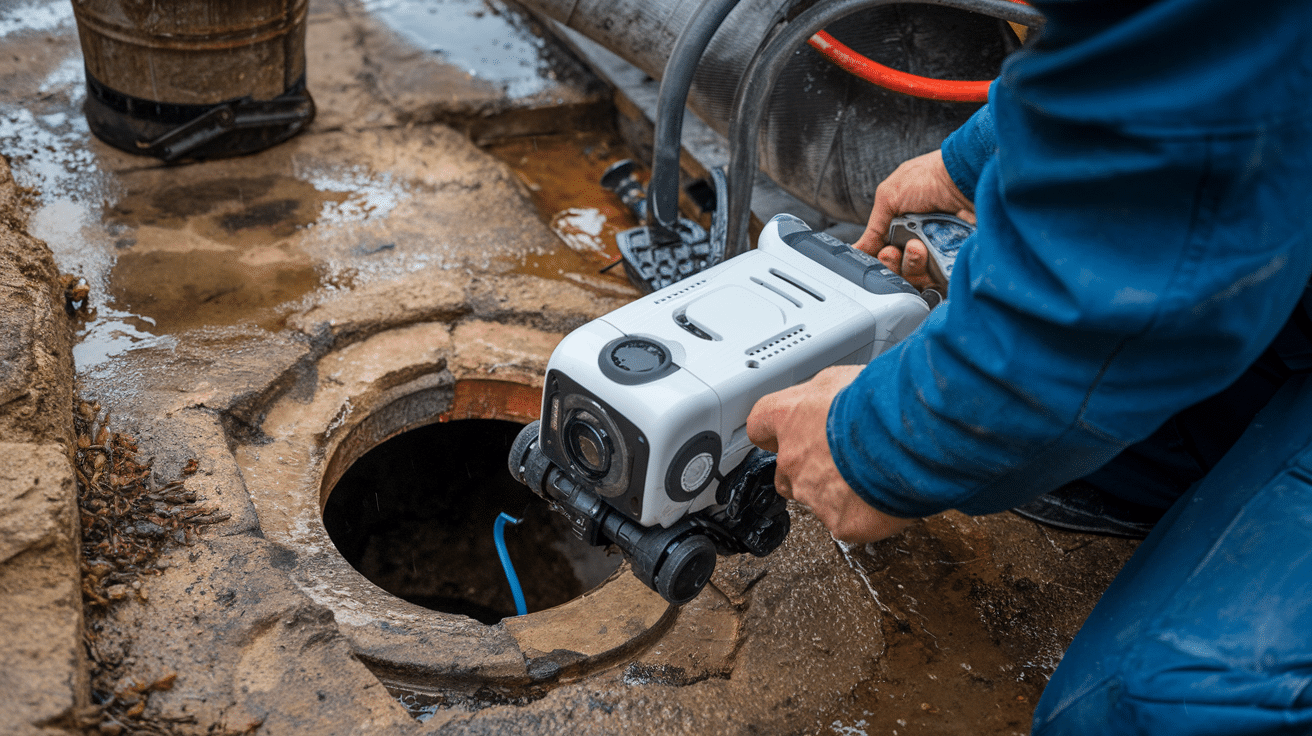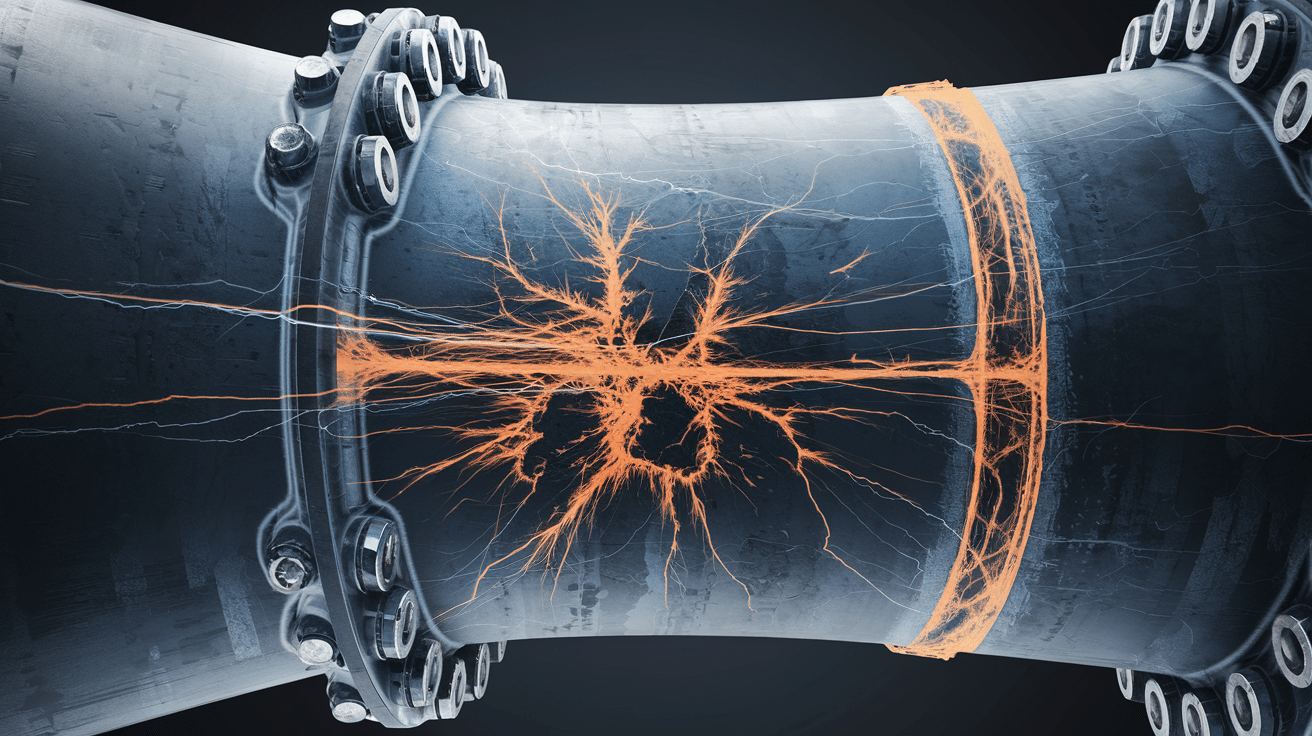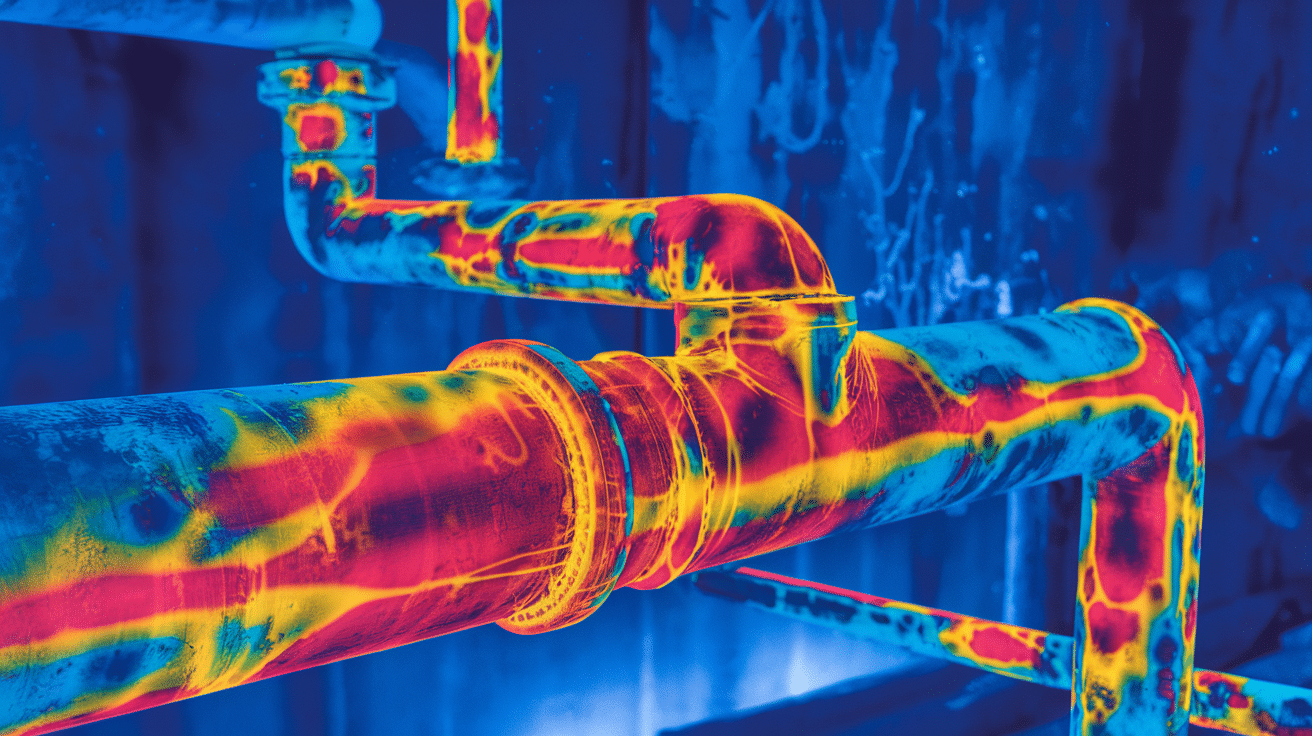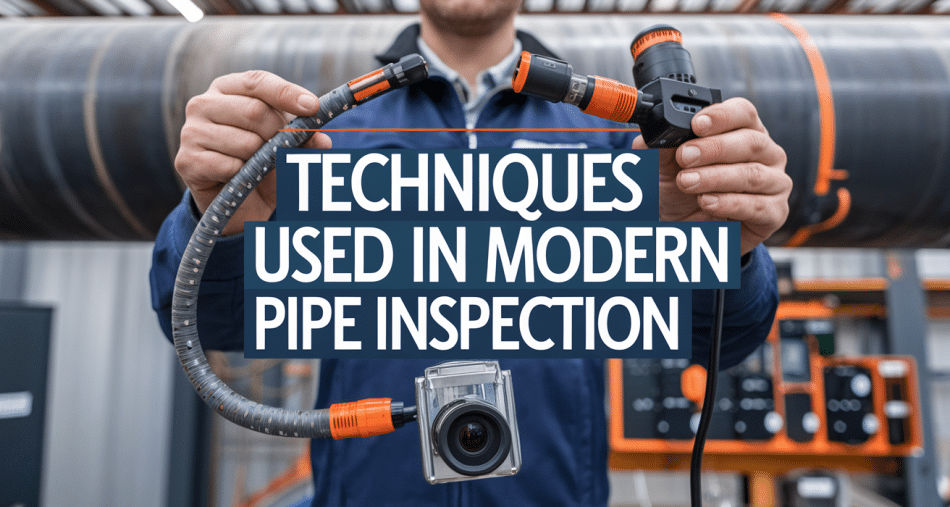Techniques Used in Modern Pipe Inspection
-
 tomsplumbing
tomsplumbing -
 0 Comment
0 Comment
Pipe inspection isn’t what it used to be. At Tom’s Plumbing and Drain Service, LLC, we use modern tools and smart technology to check pipes quickly, accurately, and without tearing everything apart. Whether we’re working with sewer lines, storm drains, or underground plumbing, today’s pipe inspection methods are faster, cleaner, and more precise than ever.
If you’re dealing with slow drains, aging pipes, or want to get ahead of future plumbing issues, we’re here to help. Contact us today to schedule a pipe inspection or speak with one of our specialists.
So, what exactly are these modern techniques—and why should they matter to you? Let’s break it down.
Why Pipe Inspection Matters
Pipes don’t last forever. Over time, they wear out, corrode, or get clogged. Left unchecked, these small issues can turn into big problems—like water damage, sewer backups, or system failure.

A proper inspection helps catch issues early. Whether it’s a small leak or a hidden crack, our tools can find it. That means less guesswork, fewer surprises, and more peace of mind.
We’re not just talking about basic visual checks. Today’s inspections involve high-definition cameras, soundwaves, digital mapping, and more. These tools help detect problems that used to go unnoticed until something broke.
Modern Tools Pipe Inspectors Use Today
Pipe inspections today are faster, cleaner, and far more accurate thanks to modern tools and smart technology. These methods help inspectors find hidden problems without tearing up yards, driveways, or walls.
Here are some of the top inspection techniques used across the industry today:
1. Ultrasonic Testing (UT)
Ultrasonic testing uses sound waves to look inside pipes. It works much like an ultrasound for plumbing—sending high-frequency waves through the pipe walls. When the waves hit flaws like corrosion or cracks, they bounce back, helping create a detailed picture without needing full access to the pipe.
2. Digital Radiographic Testing (RT)

3. Electromagnetic Testing (ET)
Electromagnetic techniques, such as Eddy Current Testing (ECT) and Magnetic Flux Leakage (MFL), are used to find flaws in metallic pipes. These non-invasive tests can detect thinning walls, cracks, and corrosion—even in underground or hard-to-reach pipelines.
4. High-Definition Visual Inspections
Small robotic crawlers equipped with HD or 4K cameras can travel through pipes, capturing live video of the inside. This method allows inspectors to see buildup, blockages, and damage in tight spaces without excavation. Some systems even create 3D models from the footage for easier analysis.
5. Laser Scanning and 3D Modeling
Laser scanners measure the shape and size of pipes with extreme accuracy. Combined with 3D modeling software, inspectors can build digital walk-throughs of complex piping systems, track changes over time, and plan maintenance with greater precision.
6. Acoustic Emission Testing (AET)
AET is used to “listen” for stress signals inside pipes. As materials start to deform or crack, they emit sound waves that sensors can pick up. This technique helps detect early signs of damage before major failures happen.
7. Thermal Imaging

8. Smart Pipeline Inspection Gauges (Smart PIGs)
Smart PIGs are advanced devices that travel through large pipelines, measuring wall thickness, detecting corrosion, and recording interior conditions. They allow inspections over long distances without the need for digging or removing pipe sections.
9. Portable Digital X-Ray Tools
Portable X-ray equipment makes it easier to capture high-quality images directly in the field. Technicians can quickly diagnose hidden pipe issues without sending samples to a lab, which speeds up repair planning.
What This Means for You
Each of these methods helps us find issues quickly and clearly. From small clogs to major pipe damage, we have tools that give us a complete view of what’s going on inside.
The big benefit? You avoid surprise breakdowns. That means fewer emergency calls, fewer repairs, and a plumbing system that runs the way it should.
Ready to Catch Pipe Problems Before They Cost You?
If you’re looking for accurate inspections without the mess, Tom’s Plumbing and Drain Service, LLC has you covered.
With years of hands-on experience, our team at Tom’s Plumbing and Drain Service, LLC uses the right tools to find the right problems—fast. We work with advanced tech to give you clear answers and practical solutions that actually work.
Whether your pipes are aging, your drains are acting up, or you’re planning a system upgrade, now’s the time to act.
Call us today to schedule your pipe inspection. Stay ahead of damage, avoid surprise repairs, and keep your system working like it should.


